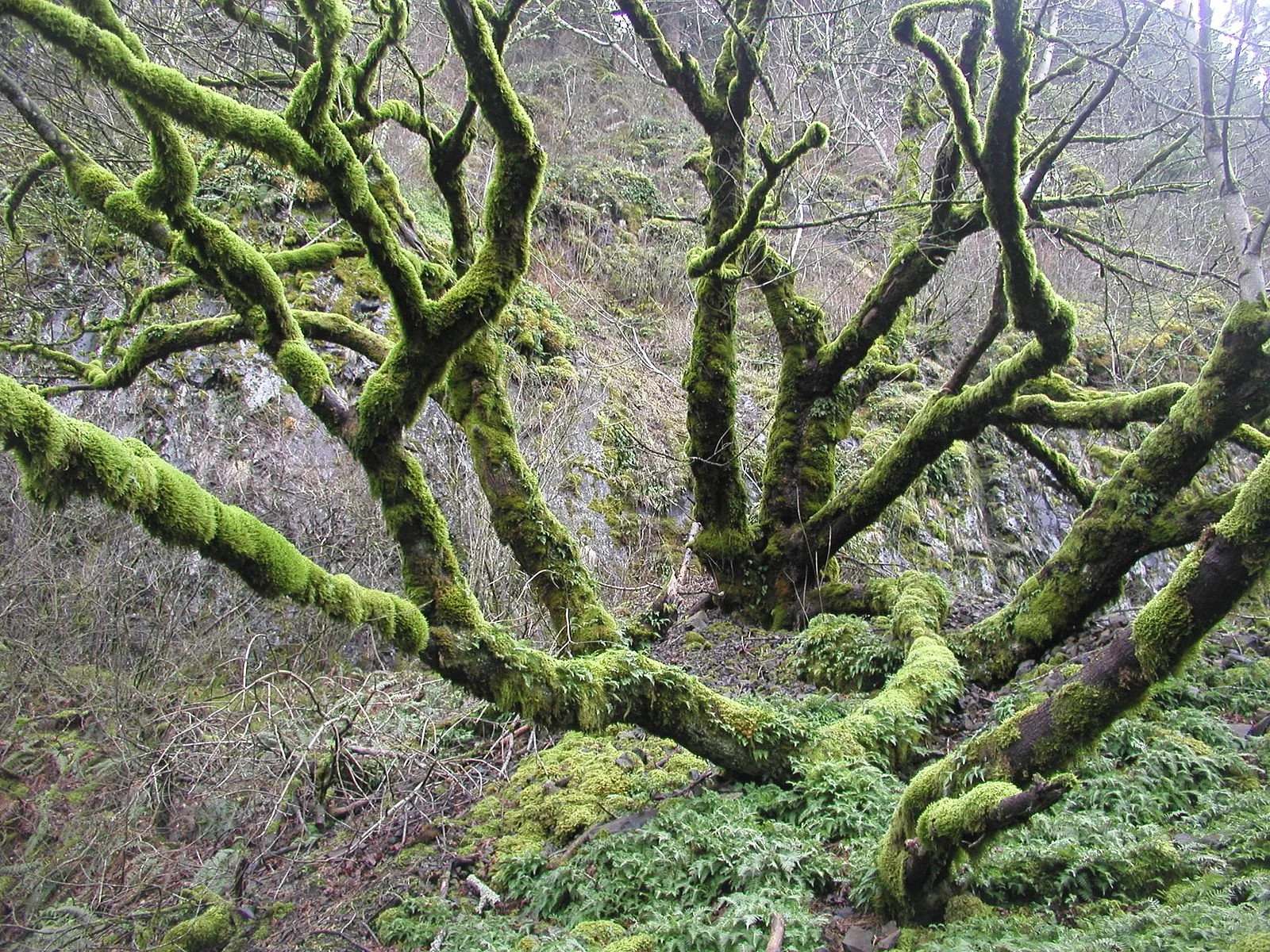Bigleaf Maple: Acer macrophyllum, A PNW Native
Acer macrophyllum, commonly known as the bigleaf maple, is a large deciduous tree native to the west coast of North America. Its growth habit, foliage, and landscape use make it an attractive and versatile choice for gardens and parks.
Growth Habit
The bigleaf maple has a broad, spreading shape with a rounded crown. The tree's trunk is typically thick and can develop large, buttressed roots. It can grow up to 30 meters (100 feet) tall and 20 meters (65 feet) wide.
Foliage
The bigleaf maple is deciduous, losing its leaves in the fall. Its leaves are large and palmate, meaning that they have five to nine lobes and resemble an outspread hand. The leaves can be up to 30 centimeters (12 inches) across, making them one of the largest maple species. They are typically dark green on the upper surface and lighter green on the lower surface.
Flowers/Seeds/Fruits/Cones
The bigleaf maple produces large, drooping clusters of yellow-green flowers in the spring before the leaves emerge. The tree's fruit is a paired winged seed, called a samara, that matures in the fall and is typically dispersed by the wind.
Native Range
The native range of the bigleaf maple stretches from southern Alaska to California, with the highest concentration found in coastal regions. It can grow in various habitats, including coastal forests, riparian areas, and mountain canyons.
Hardiness Zones
The bigleaf maple is hardy in USDA hardiness zones 6-9.
Sun Exposure
The tree thrives in full sun to partial shade.
Landscape Use
The bigleaf maple's large size and spreading canopy make it an excellent shade tree for parks and more extensive gardens. Its tolerance for a wide range of soils and moisture levels makes it adaptable to many different landscape settings. The tree also has ornamental value, with its large leaves and yellow-green flowers adding interest to the landscape.
Disease & Pest Resistance
The bigleaf maple is relatively disease-resistant and has few insect or disease problems. However, like any tree, it can still be affected by certain diseases and pests.
Some common issues include:
Tar spot: A fungal disease that causes black spots on the leaves. While unsightly, it is not harmful to the tree's overall health.
Verticillium wilt: A fungal disease that can cause wilting and death of branches or the entire tree.
Leafhoppers: These insects can cause yellowing or stippling of the leaves but typically do not cause significant damage.
Aphids: These insects can cause distorted growth on new leaves and stems but can be controlled with insecticides.
Several cultivated varieties of the bigleaf maple include the "Pacific Sunset" cultivar, introduced by Monrovia, known for its vibrant orange and red fall foliage. Another notable cultivar is 'Marmo,' known for its yellow-to-orange fall foliage color.
Other plants that are similar in characteristics, size, and habit to the bigleaf maple include the California sycamore (Platanus racemosa), which is also native to the west coast of North America and has large, lobed leaves, and the Norway maple (Acer platanoides), which is native to Europe and has similar growth habit and leaf shape.
In conclusion, the bigleaf maple is an attractive and versatile tree well-suited for many landscape settings. Its large size and spreading canopy make it an excellent shade tree, while its tolerance for a wide range of soils and moisture levels makes it adaptable to many different landscape settings. Its disease resistance and ornamental value make it an excellent choice for residential and commercial landscapes. If you're looking for a large shade tree for your garden or park, consider the bigleaf maple.


